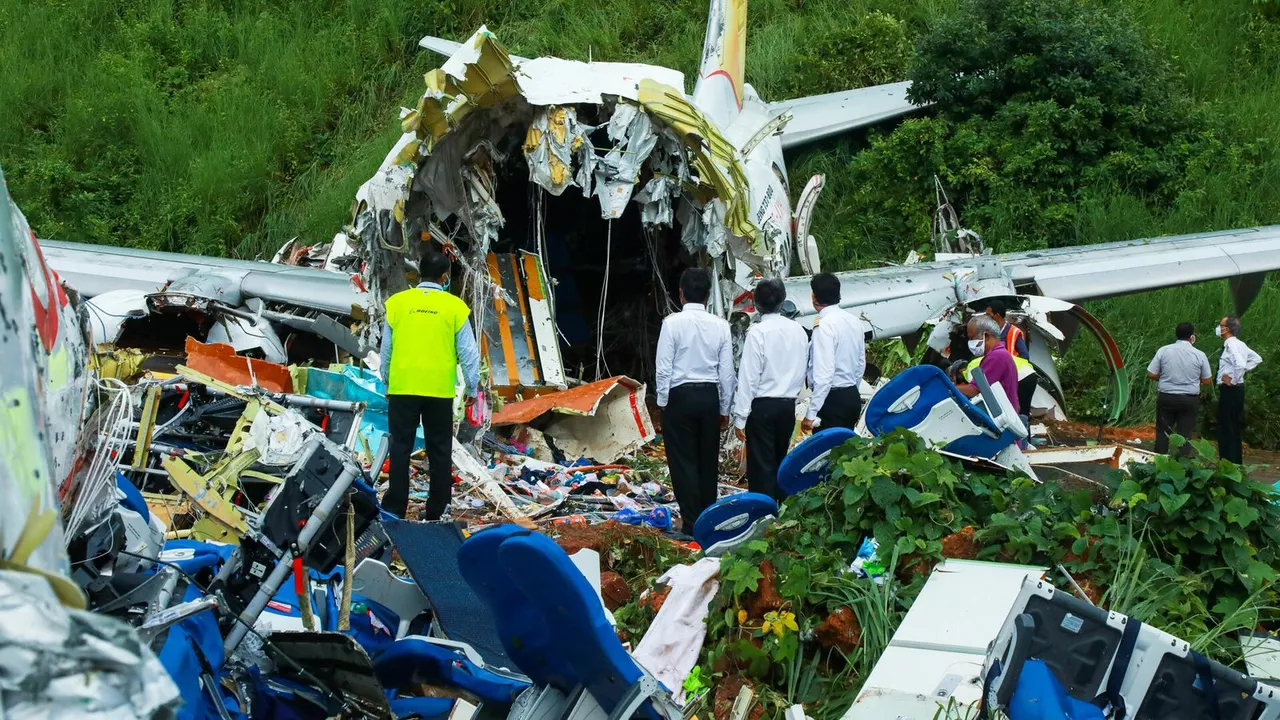Who Destroyed Air India? The Real Story Behind Its Downfall
Ever wonder why a once‑proud airline like Air India turned into a cautionary tale? It wasn’t a single event or a freak accident. The crash came from years of bad decisions, political interference, and a bloated bureaucracy. Let’s break down what really happened, why it mattered, and what we can learn from it.
Root Causes of the Collapse
First up, government policy. From the 1950s onward, the Indian government treated Air India like a state‑run charity instead of a business. Subsidies kept flights flying even when they lost money, and political appointees filled key management spots without any aviation experience. That mix of politics and profit‑less operations set a shaky foundation.
Second, internal mismanagement. The airline’s hierarchy grew into a maze of departments that talked past each other. Decision‑making slowed to a crawl, and cost‑control vanished. Think of a kitchen where every chef orders their own ingredients without checking the pantry—inevitable waste.
Third, competition. Low‑cost carriers entered the market with modern fleets and streamlined services. Air India’s old Boeing and Airbus models required higher fuel and maintenance costs, so its tickets stayed pricey while rivals offered cheaper fares. Passengers quickly jumped ship.
Lastly, corruption and financial leakage. Over the years, audits revealed ghost employees, inflated contracts, and unexplained expenditures. Those leaks drained cash that could have funded new planes or upgraded technology.
What the Future Holds
Today, the Indian government is trying to turn things around. A privatization plan is in motion, aiming to bring in private investors who can inject capital, modernize the fleet, and streamline operations. The hope is that a profit‑driven mindset will replace the old bureaucratic habit.
For travelers, the shift could mean better service, more reliable schedules, and potentially lower prices if the airline finally competes on merit. For the industry, Air India’s story serves as a reminder: without strong governance and a focus on efficiency, even national symbols can crumble.
So, who really destroyed Air India? It wasn’t a single villain—it was a series of policy choices, managerial blunders, and market forces that piled up over decades. Understanding that mix helps anyone looking at large, state‑run enterprises see where the pitfalls lie.
If you’re curious about the broader lessons, keep an eye on how the privatization rollout progresses. Success could rewrite the airline’s narrative; failure would reinforce the cautionary tale we’ve just unpacked.
Who destroyed Air India, and how? What is its history?
So, folks, if we were to play a game of 'Who sunk my battleship' but with Air India, the answer might surprise you. Spoiler alert: it wasn't aliens! The culprits are none other than the government and its policies, dating back to the 1950s, and the mismanagement by the company's bureaucracy. A combination of financial losses, corruption, and competition from low-cost airlines were the final nails in the coffin. Air India, once the Maharaja of the skies, now more like the pauper! But hey, let's keep our heads up, and our seatbelts fastened, because who knows what turbulence the future will bring.
- Aug, 2 2023
- 0 Comments
